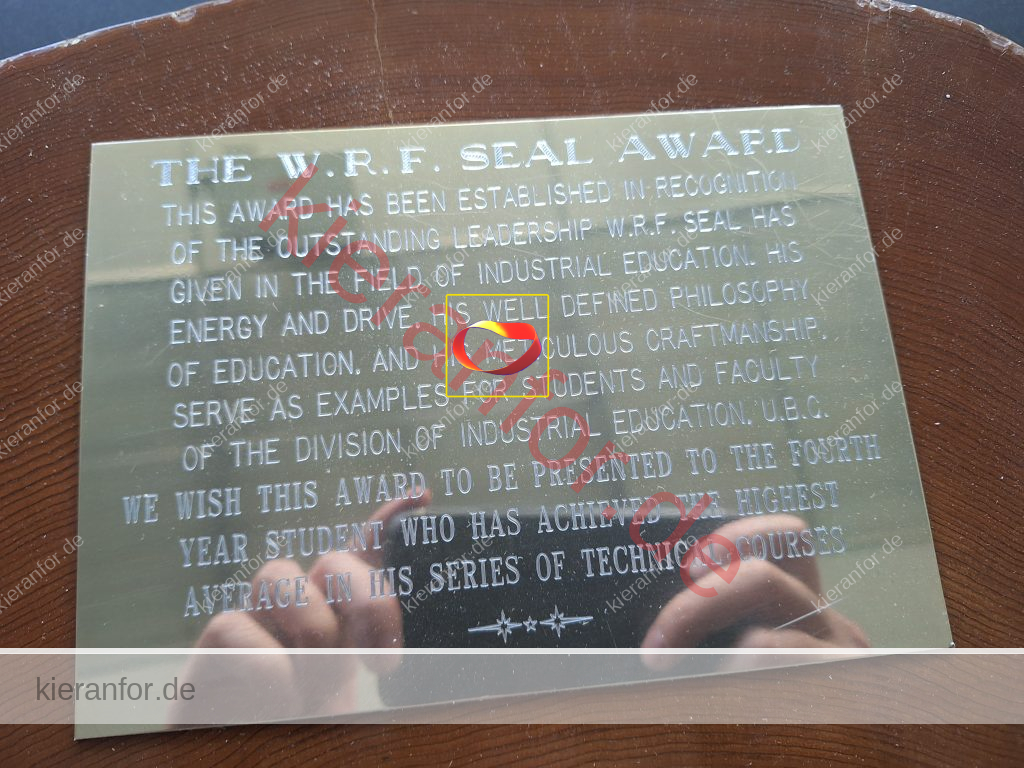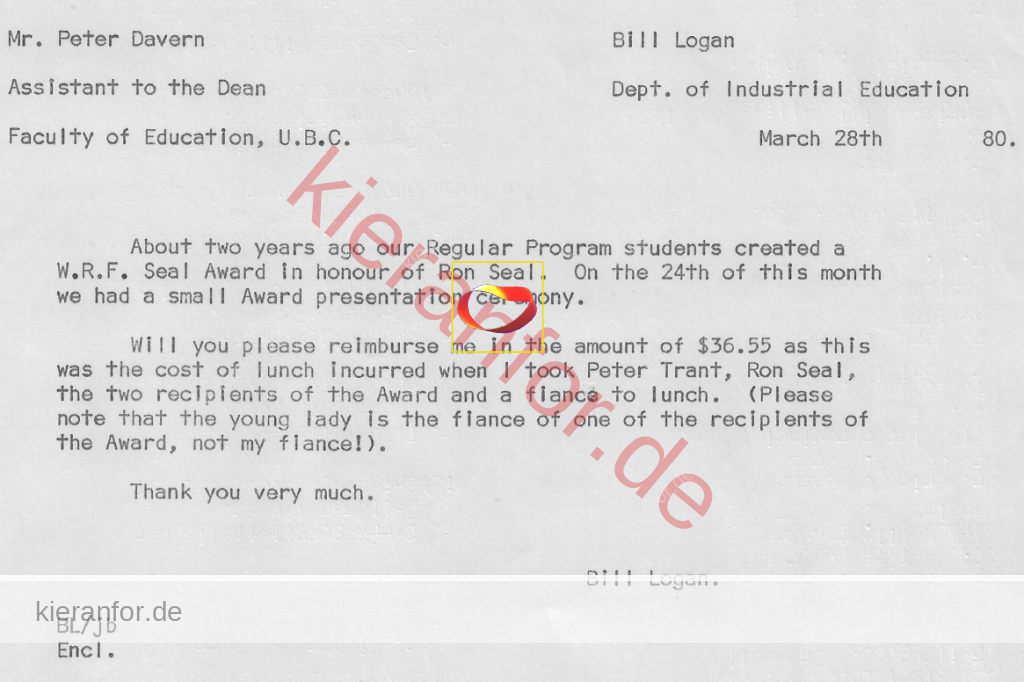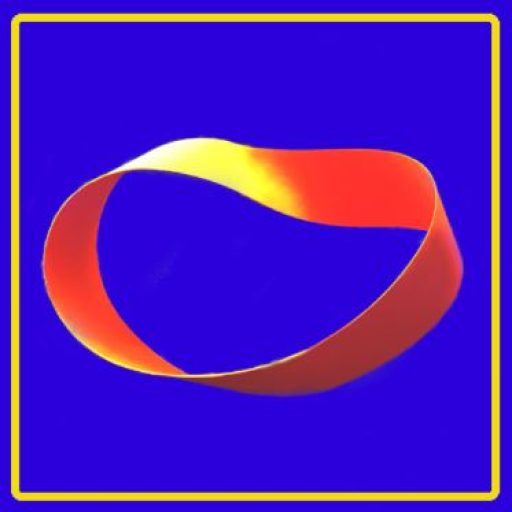Biographical Sketch
William Ronald Frank Seal was born in Nelson, BC, on April 7, 1914. He attended high school in Nelson and was awarded a bursary from the Rotary Club to attend Victoria Normal School on Vancouver Island. In 1932 he began teaching in a one room school at Mirror Lake. He married Olivia Dickson in 1934, and they had a son, Michael in 1937 and a daughter, Helen, in 1939. During this time he taught in small schools in Shutty Bench, Silverton, Gibsons and Prince Rupert. In 1943 Seal took a job with Boeing Aircraft on Sea Island. He joined the Canadian Navy in 1944 and was discharged in 1945. He was then hired by the Vancouver School Board, and in 1957 began training Industrial Arts teachers. In his spare time he built two large boats. In 1958 he was appointed to the Faculty of Education at UBC as a senior instructor, later becoming chairman of the Industrial Education Division. The Division eventually grew to a faculty of 9; a facility was built on Willingdon Avenue in Burnaby; and it became a UBC degree-granting program. Seal retired in 1979 – after retirement he continued with his first love, boat building, and became active in community affairs. His wife Olivia died in 2000, so in 2005 he moved to North Vancouver to live with his daughter.
— Ronald Seal fonds
https://www.library.ubc.ca/archives/u_arch/seal.pdf

See also,
— Division of Industrial Education fonds
https://www.library.ubc.ca/archives/u_arch/ined.pdf
Administrative History
As the University of British Columbia took over the responsibility of training Industrial Education teachers, the Division of Industrial Education (INED) of Faculty of Education was established in 1958, funded by Ministry of Education. Acting for the Faculty of Education, Ron Seal was the Chairman (1958-1979), and Robert Leduc was Deputy Chairman. At the beginning, the teaching took place at Vancouver Vocational Institute, then from 1960 to 1967, moved to Burnaby Vocational School (PVI, which merged with the British Columbia Institute of Technology in 1986). In 1967, built with federal funds, a new facility called Industrial Education (IE) Teacher Training building was open by UBC adjacent to the main British Columbia Institute of Technology (BCIT) in Burnaby, where all studies were completed. By 1970s, INED has grown from a small division of one faculty and graduating 15 students per year to one of the largest programs in the Faculty of Education with nine full-time faculty members. At this time, the Division was offering a five-year Industrial Education Bachelors program. In 1981, with the Faculty of Education’s reorganization, INED became a part of the consolidated Department of Curriculum and Instructional Studies (CINS). In 1987, due to the loss of funding from provincial Department of Education together with the changes in Industrial Education across North America, the Division was subject to major restructuring. The INED program was downsized, and two faculty members (Rob LeDuc and William Logan) were re-allocated to UBC. From then onwards, the program became Technology Education, a UBC-BCIT joint program. The Technology Teacher Education (TTED) program at BCIT focused on technical foundational theory and practices, whereas, the Technology Studies Education (TSED) program at UBC focused on pedagogical knowledge and skills.
Petrina, S., & Dalley, S. (2003). The politics of curriculum reform in Canada: The case of technology education in British Columbia. Canadian Journal of Science, Mathematics and Technology Education, 3(1), 117-143. https://doi.org/10.1080/14926150309556555
For example, Ron Seal, Chairman of the Division of Industrial Education (INED) at UBC from 1958 to 1979, noted, ‘there were some misgivings’ about the inclusion of his subject area in UBC’s Faculty of Education (1973, p. 202). The problem, as Seal saw it, was an issue of status. Teachers of industrial education were ‘second class citizens within the teaching profession’ (Seal, p. 202). This status was a reflection of the relatively low status of the subject area in the schools. INED was made doubly strange in that, in contradistinction to its counterpart home economics, the students and faculty were all males. The first woman to complete the INED program did so in 1976. INED expanded from a small division graduating 15 new teachers per year in the early 1960s to one graduating 75 students per year by the early 1970s, one of the largest programs in the UBC Faculty of Education. By this time INED included nine full-time faculty members and inaugurated a new building dedicated to the sole purpose of preparing IE teachers. While Seal may have lamented his subject’s status, he could rest assured that his division had power. According to some of the faculty members in INED at the time, this power would ultimately prove to be INED’s undoing. The odd mixture of low, working-class status and bureaucratic power in higher education appeared threatening at times to other programs and to administrators who were accustomed to an equation of high status and power.

Retired Awards

Peter Trant Award
See also: https://www.bctea.org/2024/11/11/bctea-annual-awards
Erratum
- (May 28, 2025) Regarding the video above:
- I received an email from Peter explaining that, upon reflection and after reviewing some old correspondence, he was incorrect in stating that he never met Tommy Quayle. He now recalls meeting Tommy shortly after the program moved into SW9.
- In my preceding email to Pete, I recalled how he once told me that the T. Quayle Award was referred to for many years, tongue-in-cheek, as the “Teak Whale Award“. I ventured that the “Peter Trant Award” might yet come to be known as the “Pete Rant Award“. He took this in good humour, of course. Below is an example of similar good humour from InEd/Tech Ed historical correspondence:


